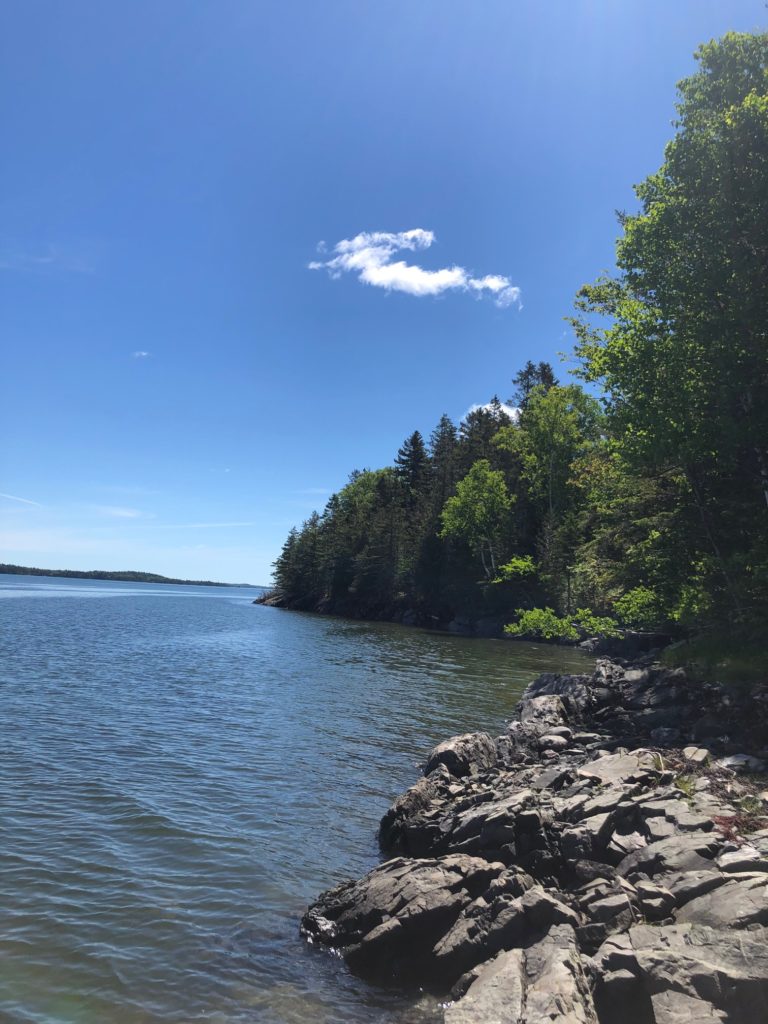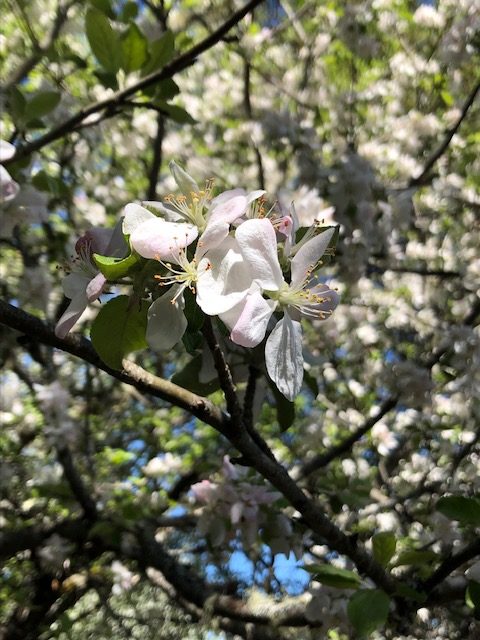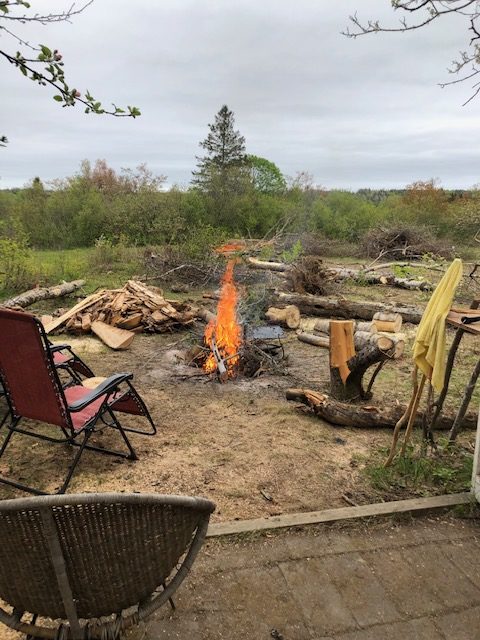After buying a piece of neglected land in Downeast Maine, two homesteaders call upon their knowledge to forge a cherished retreat.
Putting Our Homesteading Skills to the Test
Homesteaders are often familiar with Helen and Scott Nearing. Although their legacy began in decades past, their ideals are still very relevant, albeit most of us do not have trust funds to cushion our mistakes like they did. They are famous former residents in our hometown of Jamaica, Vermont. From 1932-1952 the Nearings built their homestead just up the road from where we live. As the ski industry started developing, after twenty years in Vermont they moved to Brooksville, Maine and built their second, and permanent, homestead.
X Marks the Spot
The Nearings settled on Midcoast Maine, however, our homesteading attempts in Downeast Maine felt akin to their work. We searched most of New England and northern New York for six years to find a place that matched our list of what we hoped for in our retreat. I’ll spare the details of the search, suffice to say, eventually, we found our paradise in Washington County in Maine. The town is at the mouth of the Bay of Fundy, a stone’s throw from New Brunswick. We eat incredibly fresh seafood daily, the prices of land are fairly affordable, and we legally ride our four-wheelers on most roads to access many businesses. These roads also connect us to an incredible network of well-maintained ATV trails.
We purchased 32 acres on the ocean. Years of neglect allowed two-thirds of the land to be overgrown with scrub. One hundred years ago, residents planted apple trees everywhere. Most people have at least 20-40 trees on their property. We have the shell of a 20 X 20 cottage kept cool in the shade of several of these magnificent trees. As a result of the thick scrub, there is an amazing abundance of songbirds, huge, healthy snowshoe hares, and porcupines…so many porcupines. There is definitely NOT a need for a porcupine conservation commission in this area! There are some open spaces on our land where low bush blueberries, roses, and blackberries grow.
The Arrival
After three trips to the land in one month last autumn, we finally closed on the parcel in October. We decided to let it overwinter and we would spend time there starting in the spring. Mid May we arrived at 4:30 AM. We were jittery on caffeine and very excited to spend a month exploring and making our retreat comfortable. We misjudged how saturated and soft the ground was. One side of the van sank in deep mud.
The cottage did not have electricity for at least ten years as a tree fell on the wires. The previous owner did not want to cut the trees away from the lines. We were grateful that the cottage had a wood stove as it was a chilly and damp morning. Headlamps on, we started to make a roaring fire. But, as we threw a large log into the flames, the stove proceeded to collapse like a house of cards. The fire, coals, and hot cast iron pieces spread all over the hearth and cottage floor. We used a gallon of our drinking water to put out the fire. With no van to sleep in and no fire to keep warm by, we had to keep moving. So, we started to renovate the cottage.
Renovations Commence
The first step of renovating was to throw everything we did not want into a pile outside. We would deal with that at a later date. By late morning, the pile was sizable and we were ready to move on to the demolition stage. Several walls divided the cottage into tiny rooms. As a result, the interior was very dark. A maul made removing these walls fairly easy and quick. By afternoon, we now had a blank slate to work with. A bit of sweeping and creativity provided us with a comfortable bed off of the cement floor.
We dug a hole not far off the patio for our kitchen hearth.
Open Fire Kitchen
Six months previous, we started collecting the supplies needed; some of the more notable pieces included a cast iron dutch oven, a tripod to go over the fire, a cast iron griddle that swiveled over the coals, battery-powered tools, and a battery bank that we could run needed electronics off of. A slow-cooked turkey barley stew made in the dutch oven was our first meal.
The stuck van was a blessing in disguise. This event gave us three days without any wheels for transportation. Being three miles down a five-mile point, we could have walked to town. But we had all of the supplies and tools we needed until our bicycles and four-wheelers arrived. We spent these days exploring our acreage, marveling at the dramatic Fundy tides, planning the cottage’s interior, plotting how to get electricity to the cottage, and cooking over an open fire.
The Arrival of the Western Star
We did not anticipate the ruckus the Western Star would cause. Late morning, three days after our arrival, my husband’s truck and driver arrived on the point. The tractor trailer’s amber lights flashed as it towed a 48-foot trailer that had an 18,000-pound excavator, two four-wheelers, two bicycles, lumber, culverts, and a wood stove strapped to it.
In order to safely unload the excavator, the semi parked in the middle of the road. Eight cars slowed to see the commotion. A neighbor drove by in his tractor. Another person stopped to get a closer look at our homemade sign with our name on it.
We Are Mobile
My husband and I were excited to be mobile once more. Now, we had our bicycles and four-wheelers to help us explore further afield. The excavator opened up a world of possibilities for our little piece of Downeast Maine. Those are tales for other parts of this story.
Our remainder of the evenings consisted of a large campfire with glowing red coals, hot food made over this fire, listening to a determined Woodcock “peent” and display, and the white-throated sparrows calling on the evening twilight to fall.














2 Comments
Just wanted to say as someone also from Downeast Maine that I really enjoyed this article.
Thank you so much, Brenda! Keep an eye out, I’ll be writing a few more pieces about our adventures.